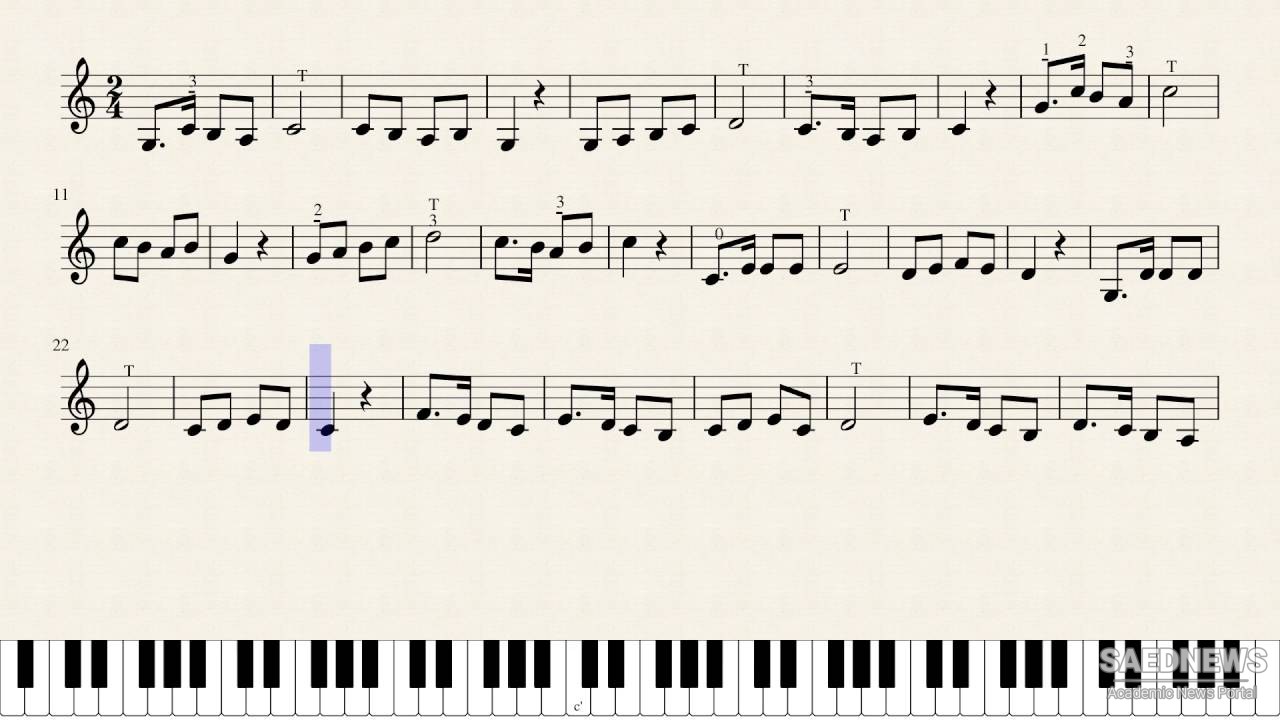A further discouragement in the late nineteenth century was the government prohibition against public gatherings for any purpose. In 1906, with the granting of the Persian constitution, restrictions on public gatherings were relaxed. Musicians were quick to seize their opportunity to come out in the open, and a public concert was finally held: perhaps to compensate for the millennia-long dearth of public concerts, it lasted twenty-four hours!
This famous concert was held in a garden on the outskirts of the city, on a national holiday—the birthday of the first Imam Ali—and both music and meals were provided for participants. The sponsors were a Dervish order, the Okhovat Society, a group still in existence today.23 No one remembers the exact number of musicians taking part in this momentous gathering, but apparently there were too many players for any sort of collective improvisation. In order that all might perform together for a gala overture, a new form was invented by.the composer Darvish Khan (d. 1926). Called the pish-daramad (before the daramad), this form far outlasted the public concerts, which were discontinued after a few years when the government again grew sensitive to large gatherings.
As its name implies, the pish-daramad served as an introduction to the daramad, the prelude of a dastgah performance. It is a rhythmic composition for instruments, at first neither notated nor harmonized. Similar to the early tasnif, the pish-daramad is in one of the twelve dastgah and often contains melodic fragments of that dastgah.24 Many collections of these pieces are available in published editions.25 In Example 109, a pish-daramad from the dastgah of Mahur, there is a modulation to the gusheh of Delkash in mm. 33-58 where the accidentals B-koron and C-natural are added.


 The Land Myth
The Land Myth














































